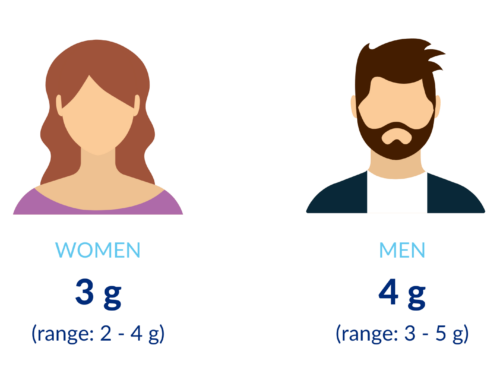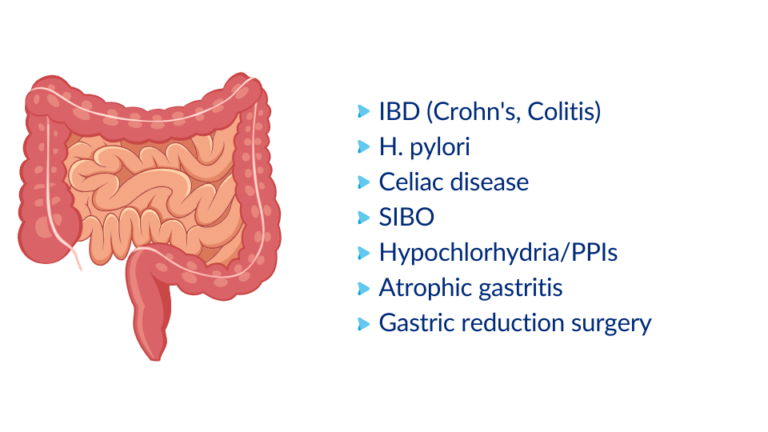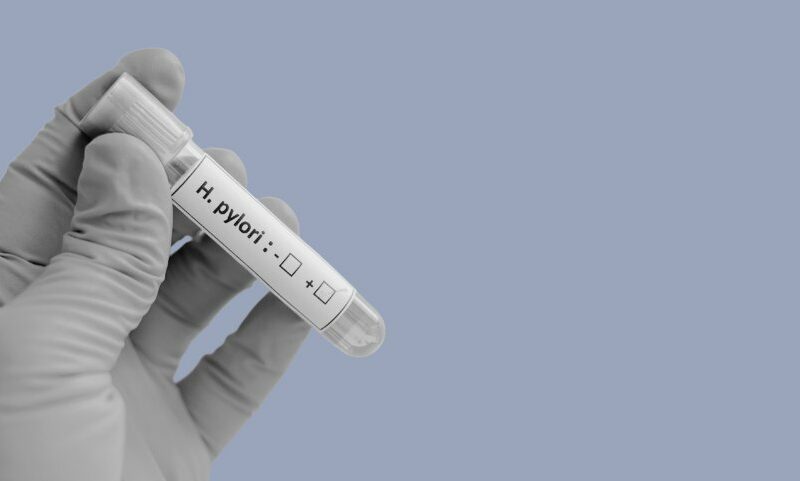
Why are my iron levels low?
There is a lot of variation between people with how much iron we store in our bodies. Men and women are different. Asians are different from Europeans. On average we have:

This chart gives a good idea of how much iron is stored in different parts of our body:

You might ask: if iron is stored in different compartments, why do we use ferritin to test for deficiency?
Ferritin is in constant equilibrium with the stored amount of iron in the bone marrow. It’s a very reliable measure of what we actually store.
3 grams of iron doesn’t sound like a lot. Compare that to the average 10-20 mg of iron consumed daily from which only 1-2 mg is absorbed.
1 mg of absorbed iron is 0.00025% of the total of our body stores.
You can see how important our consistent daily consumption is relative to how much we need in our body. Throw daily losses into the mix and we can easily have a problem.
How much iron do we lose daily?
Every day 1-2 mg of iron is lost from our body. We shed it through our skin and through what’s called normal sloughing of cells from our digestive tract. Think of it like the a daily exfoliation.

Funny isn’t it that the exact amount we absorb daily is lost daily. This is on purpose. We tightly regulate our iron balance because we shouldn’t be never-endingly gaining. Iron is toxic when it accumulates in high amounts.
What contributes to low iron?
Add further losses from menstrual bleeding, plant-based diets, medications, bowel disorders and infections and this delicate balance is heavily in favour of iron deficiency.

One of our greatest challenges is knowing our iron status, which is why we advocate for regular testing in all people at risk of iron deficiency.
That includes all:
– menstruating people
– all mostly plant-based dieters
– all people with chronic gut symptoms
– all people with IBD
– all people on long-term acid blockers
If you’re on this list or are just curious, get your ferritin (+/- inflammatory markers) tested.










